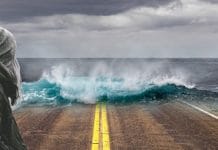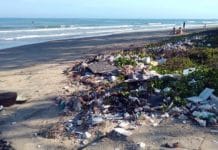Polar bears have long been the poster children for the woes of Arctic warming. But climate change isn’t just a danger to wildlife. It threatens the safety and livelihoods of people across the Arctic.
To put a human face to this problem, an annual report by the U.S. National Oceanic and Atmospheric Administration is giving voice for the first time to people in the Bering Sea region of Alaska who deal with the impacts of rapid climate change in their daily lives.
As a result of such high temperatures, old, sturdy sea ice has given way to newer, more fragile ice. In March 2019, sea ice older than four years accounted for only about 1.2 percent of ice cover in the Arctic Ocean, compared with 33 percent in 1985, the report says. Other environmental anomalies this year included an algal bloom in the Greenland Sea in May that was about 18 times as intense as usual.Sea ice depletion is making it more difficult for indigenous people to hunt marine mammals, like walruses, that hang out on the ice. And diminishing ice, along with rising water temperatures, is driving fish like salmon to colder climes farther north.
ea ice loss also makes it more difficult to navigate the terrain. In the remote island community of Diomede, for instance, people who used to travel on and off the island via sea ice during the winter now must rely on helicopters.
On land, higher temperatures mean less snow and more rain. “Winter rains coat our runways in ice and prevent the planes from landing in our communities, the vast majority of which are not connected to road systems



